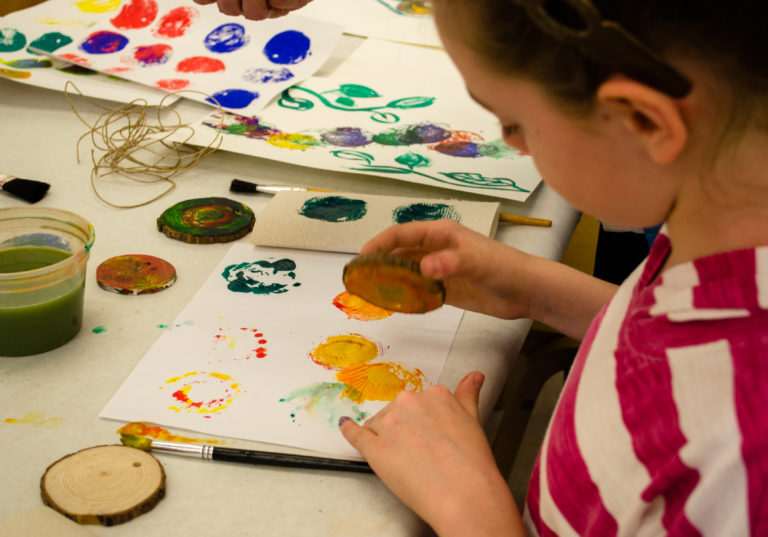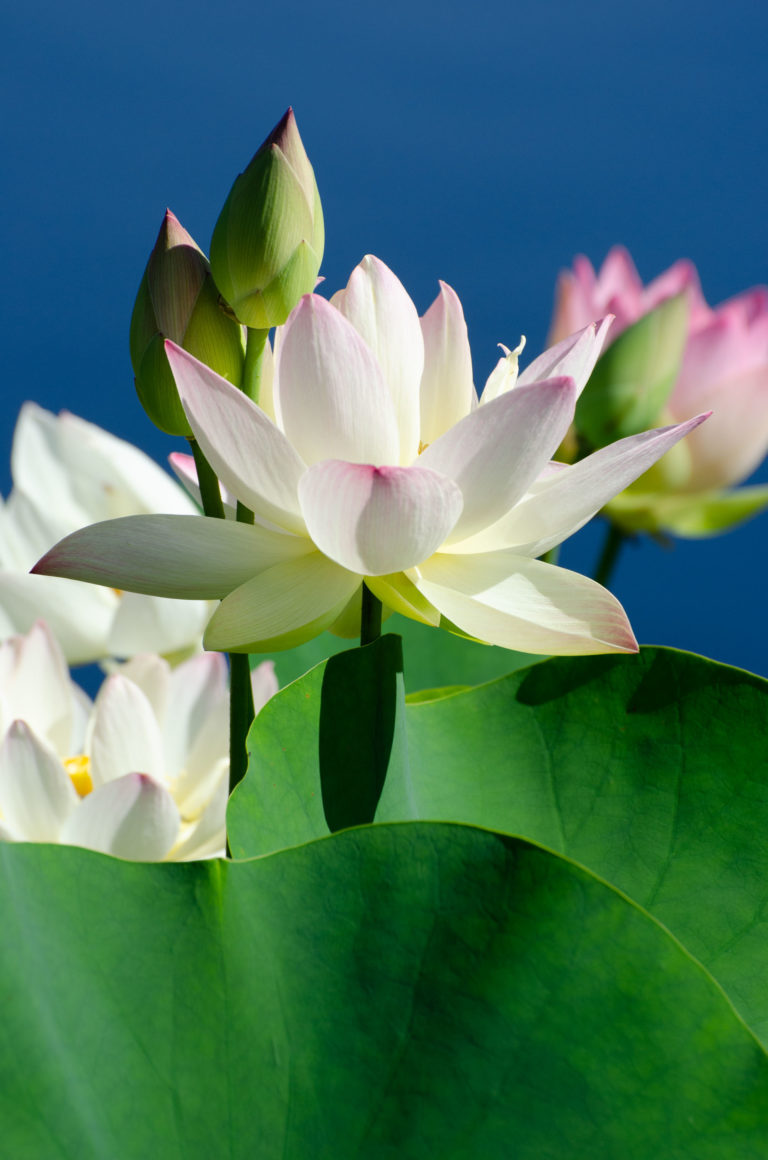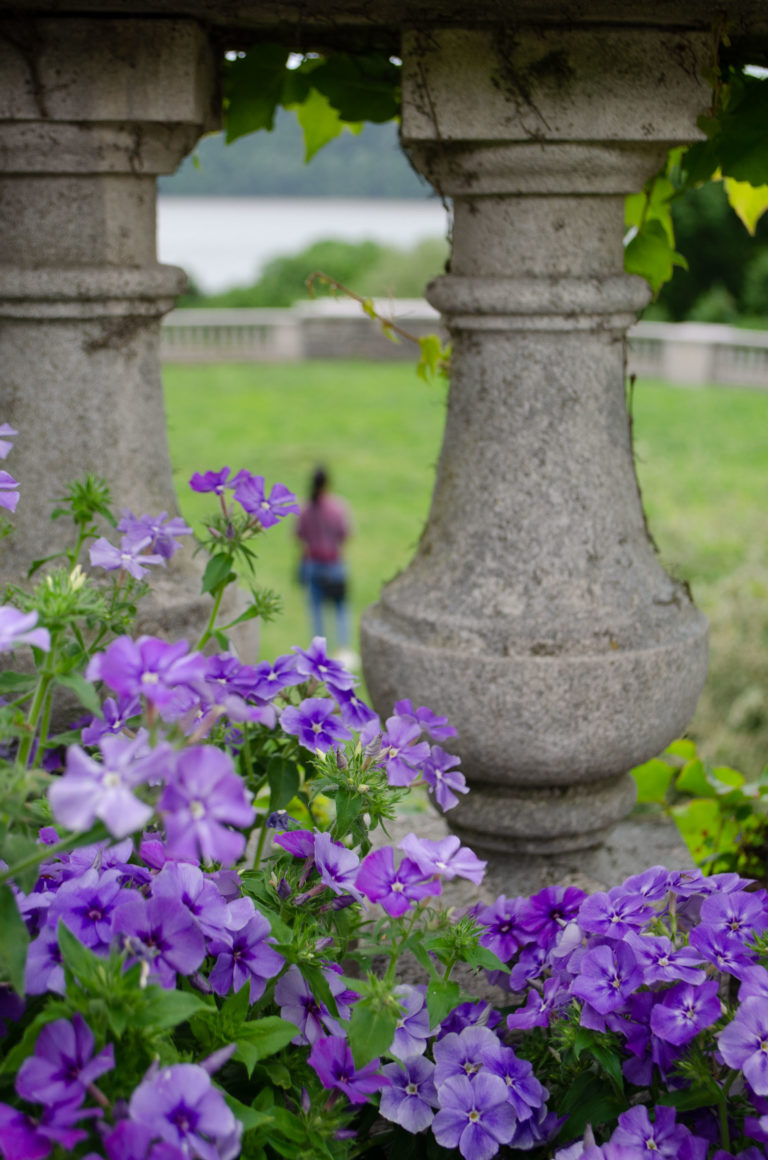
Nature Activities for Home
Exploring Our Senses
Engage your senses of hearing, smell and touch during these three activities to expand your awareness of the world around you.
Materials:
- Pencil (for Listening Scavenger Hunt)
- Paper (for Listening Scavenger Hunt & Texture Book)
- Small containers (for Scent Matching Game)
- Essential oils or spices: lavender, cinnamon, lemon, coffee grounds (for Scent Matching Game)
- Cotton balls (for Scent Matching Game)
- Pictures that correspond to smells, if you can find them online (for Scent Matching Game)
- Stapler (for Texture Book)
- Varied fabric: fleece, burlap, corduroy, felt, silk, satin, lace, cotton, etc. (for Texture Book)
- Variety of other textured materials: bubble wrap, sandpaper, foil, etc. (for Texture Book)
- Glue (for Texture Book)
- Markers (for Texture Book)
A Healthy Reminder
Some of these activities may take you out into nature. Be sure to follow the recommended health and safety guidelines, including keeping at least six feet from others and washing your hands well when you return home.
Listening Scavenger Hunt
Procedure:
Draw a grid with three columns and four rows for each child. Tell them that in a moment you will be taking a walk to do some careful listening. Ask children to fill the sheet with predictions for sounds that they may encounter on the walk (it should look a bit like a Bingo card). Then, lead a walk through your home or outdoors.
As they walk, have children mark off any sounds they hear from their sheets. If sights are too distracting, have them sit down and close their eyes so that they can focus on the sounds around them.
Once finished, ask: Did you hear what you predicted you would hear? Were there any surprising or strange sounds?
Scent Matching Game
Procedure:
Put a few drops of essential oil or a pinch of spice on different cotton balls and place each cotton ball in a different container. If you are using spices, it is best to cover the containers so that the children cannot determine the spice based on what they see inside.
Share with children that many of the common scents they smell at home come from nature—specifically plants! Ask if they can name any plants that have a pleasing smell or that they can find at home. Direct them to consider the spices in the kitchen as well as houseplants. Then, tell them it is time for a scent matching challenge!
Provide children with one scent and pictures of all the scents that you put into the containers. If children are unfamiliar with these aromas, introduce the new scents before the activity so that they can successfully match the fragrances to the pictures. Then, ask them to predict which picture the scent matches by using their sense of smell. Rotate through all the scents until children have correctly matched them all.
Stress again that every single one of these scents are from plants that are found in nature. Celebrate how amazing this is!
Texture Book
Procedure:
Locate an assortment of textures from the materials listed, or whatever you can find around the house, and place them onto a work surface so children can select from plenty of options. Encourage them to chose a variety of textures that they like. Next, have children glue each kind of textured material onto a different piece of paper.
Once these have dried, ask them to touch each texture, and write next to each material a description of how it feels.
Stack the pieces of paper on top of one another and staple them together to create a texture book for each child. Children can decorate a piece of paper to use as a cover if they want.
Resources:
“How Your Ears Work.” YouTube, KidsHealth.org, 22 Aug. 2013, www.youtube.com/watch?v=HMXoHKwWmU8&feature=youtu.be
Evans, Shaunna. “Fun Ideas for Exploring the Sense of Smell.” Fantastic Fun & Learning, 15 June 2017, www.fantasticfunandlearning.com/fun-ideas-for-exploring-the-sense-of-smell.html.
“How Your Nose Works.” YouTube, KidsHealth.org, 22 Aug. 2013, https://www.youtube.com/watch?v=hzOSzX_HXE4&feature=youtu.be
“How Your Skin Works.” YouTube, KidsHealth.org, 22 Aug. 2013, https://www.youtube.com/watch?v=aMGgCxUyXT8

